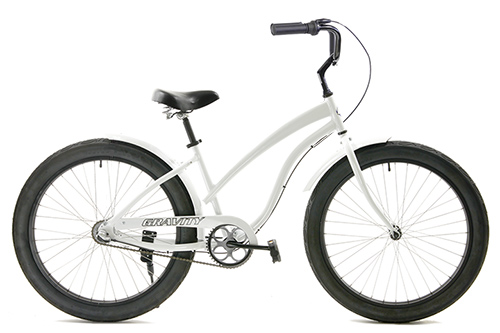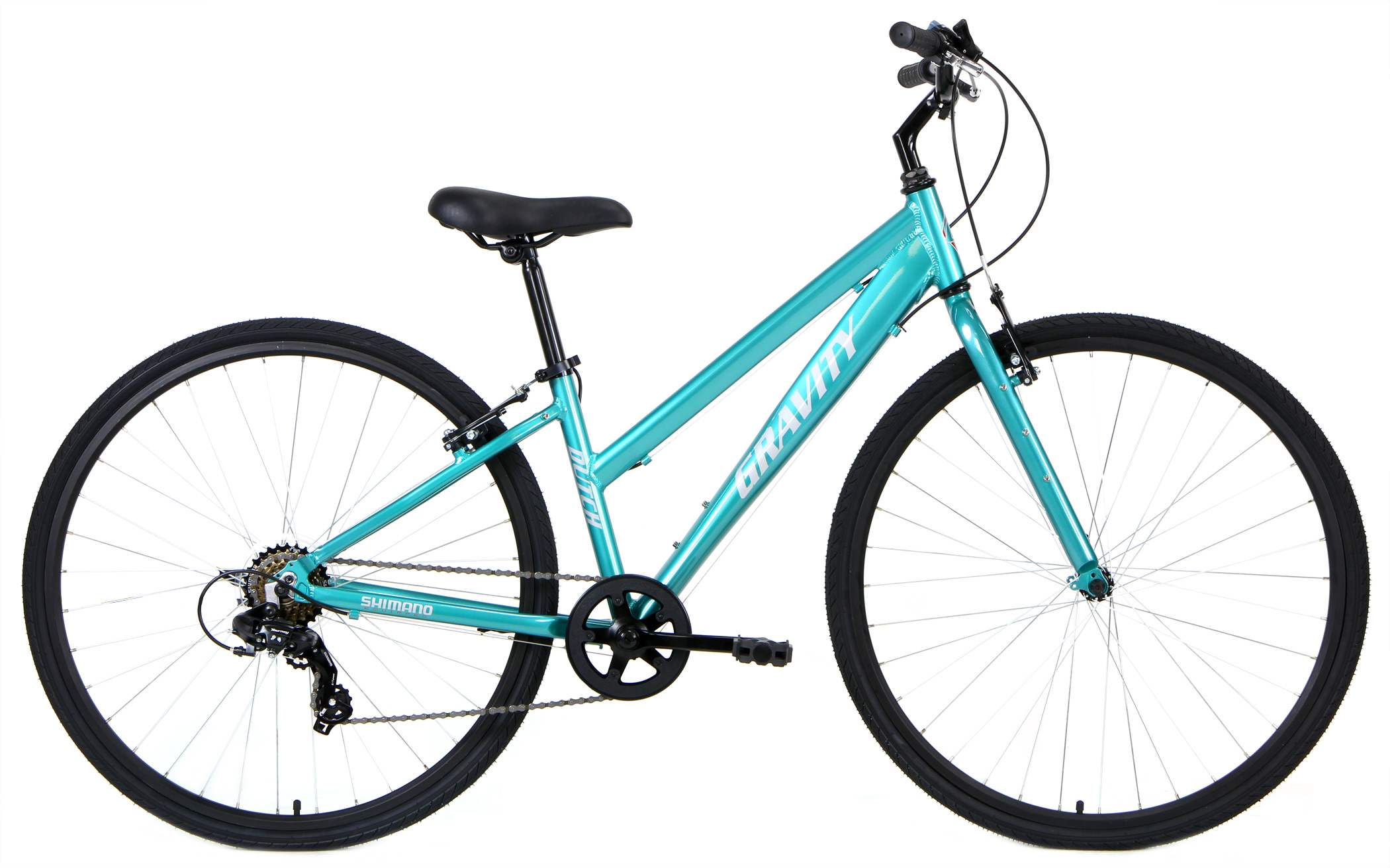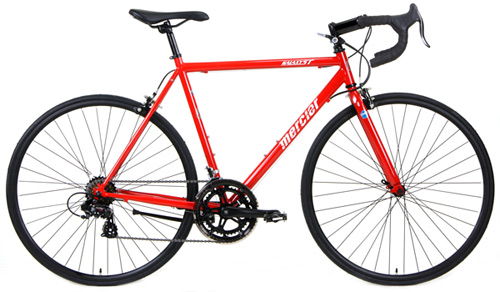Picture this: you buy your first bike, excited to hit the road, and within weeks you’re racking up miles, feeling the wind, and discovering new routes. But soon, you hit a plateau. No matter how far or fast you go, progress stalls. This is where cycling training tips matter most. Riding smarter—not just harder—can transform your experience from casual spins to professional-level performance.
The beauty of cycling is that it’s a sport for every stage. Whether you’re pedaling a road bike to increase endurance, a mountain bike to build power on trails, or even a hybrid bike for balanced fitness, structured training can elevate your rides.
Building the Foundation: Consistency Over Distance
One of the biggest mistakes new riders make is chasing miles. Logging long rides feels rewarding, but real growth comes from consistent effort. The best cycling training tips emphasize routine—shorter, regular rides often outperform occasional endurance slogs.
If you ride three to four times a week, even for 30–60 minutes, you’ll develop stronger cardiovascular fitness and muscular endurance. Beginners often see results faster by mixing flat spins with small hills, allowing their body to adapt gradually. Once that base is set, the longer weekend rides become both more enjoyable and more effective.
Technique Matters More Than Speed
Ask any seasoned rider, and they’ll tell you: efficiency is everything. Smooth pedaling technique can save energy on climbs and give you power when sprinting. Beginners often “mash” pedals with brute force, while pros focus on circular motion—pushing and pulling evenly throughout the stroke.
On a road bike, cadence training (keeping a steady pedal rhythm) helps reduce fatigue. On a mountain bike, learning to shift gears early before steep terrain can prevent wasted energy. Even a casual spin on a beach cruiser feels smoother when you adopt these pro habits.

Nutrition: Fuel for Smarter Training
Cycling burns serious calories, but training isn’t just about output—it’s about fuel. Many new riders skip meals or rely on quick sugar fixes. Instead, think like a pro: balance carbohydrates for energy, protein for recovery, and hydration for performance.
On longer rides, small snacks like bananas, energy gels, or trail mix can keep your energy consistent. Even casual riders on a gravel bike will notice how proper nutrition reduces fatigue. After training, recovery meals rich in lean protein and complex carbs help muscles repair, making your next ride stronger.
Training with Intensity, Not Just Volume
Progress in cycling doesn’t come from endless miles but from intentional training. Interval sessions—alternating between high effort and recovery—boost cardiovascular performance and power output. Hill repeats, where you climb the same slope several times, can build incredible leg strength.
For example, a rider training on a fat bike in sand or snow naturally works in resistance intervals, strengthening muscles and improving balance. Meanwhile, urban riders using a hybrid bike can replicate interval training with stoplight sprints on city streets.
The key is variety. Mixing endurance rides, interval days, and recovery spins keeps training balanced and prevents burnout.

The Role of Recovery in Smart Training
Rest is not laziness—it’s strategy. Muscles grow stronger when they repair, not while you’re pushing them to the limit. Pros schedule rest days with as much discipline as training rides.
Yoga, stretching, and even gentle spins on a beach cruiser can aid recovery. Without rest, riders risk overtraining, which leads to injury, fatigue, and mental burnout. Beginners often overlook this, but adopting a pro’s recovery mindset is one of the smartest cycling training tips you can apply.
Equipment: Choosing the Right Bike for Your Training Goals
Your bike is not just a tool—it’s your training partner. Choosing the right model can accelerate progress. A road bike is perfect for endurance and speed. A mountain bike builds strength and technical handling on trails. A gravel bike offers unmatched versatility, making it a favorite for riders who train on both pavement and dirt.
For casual riders focused on comfort, a beach cruiser makes training fun and low-pressure. Even a fat bike can be a powerhouse for endurance when training in extreme conditions. The right equipment not only supports smarter training but also keeps motivation high.
Setting Realistic Goals and Tracking Progress
Every rider dreams of personal milestones—whether it’s a first 50-mile ride, climbing a tough trail, or competing in a local race. The best way to achieve these is by setting measurable goals.
Begin with short-term achievements, like improving your average speed over a 10-mile loop or climbing a local hill without stopping. Then build toward long-term goals, such as completing a charity ride or mastering a century.
Modern apps and bike computers make tracking easier than ever. Seeing weekly or monthly progress not only motivates but also provides valuable feedback on which cycling training tips are paying off.

The Mental Side of Training
Cycling is as much a mental game as it is physical. Long climbs test patience, and intense intervals challenge focus. The pros often speak about “mental endurance”—the ability to keep going when your legs want to stop.
Riding with friends or joining group rides can make training more enjoyable and push you further. Even a relaxed cruise on a hybrid bike with neighbors can strengthen discipline and consistency. Learning to embrace discomfort and stay positive through challenges is what transforms a beginner into a seasoned rider.
From Beginner to Pro: A Lifelong Journey
What sets pros apart isn’t just fitness—it’s mindset. They know when to push hard, when to rest, and how to listen to their body. Most importantly, they ride with passion.
Cycling is a sport you can enjoy for life. Whether you’re racing on a road bike, exploring new trails on a mountain bike, or simply enjoying weekend spins on a beach cruiser, the smarter you train, the more rewarding the journey becomes.
Conclusion: Train Smarter, Ride Stronger
Cycling is more than a workout—it’s a pathway to growth, resilience, and discovery. By focusing on consistent training, proper technique, balanced nutrition, and recovery, you can steadily transform from beginner to confident rider.
No matter your bike—whether it’s a sleek road bike, a rugged mountain bike, or a versatile gravel bike—the key is training smarter, not harder.
Now’s the time to take your cycling to the next level. Explore the wide range of bikes available at Bikesdirect.com, find the ride that fits your goals, and start your journey today.


